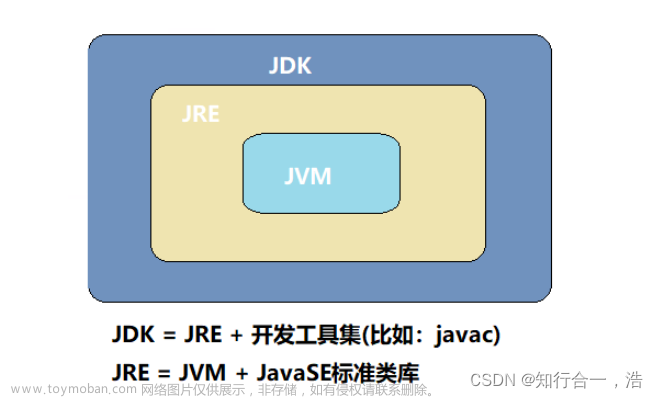1、Byte[] 转 byte[]
public static byte[] toPrimitives(Byte[] oBytes) {
byte[] bytes = new byte[oBytes.length];
for (int i = 0; i < oBytes.length; i++) {
bytes[i] = oBytes[i];
}
return bytes;
}2、byte[] 转 Byte[]
public static Byte[] toObjects(byte[] bytesPrim) {
Byte[] bytes = new Byte[bytesPrim.length];
int i = 0;
for (byte b : bytesPrim) bytes[i++] = b; // Autoboxing
return bytes;
} 3、byte转十六进制字符
public static String byteToHex(byte b) {
String hex = Integer.toHexString(b & 0xFF);
if (hex.length() == 1) {
hex = '0' + hex;
}
return hex.toUpperCase(Locale.getDefault());
}4、byte[] 转 字符串的bit
public static String byteToBit(byte[] bs) {
String result = "";
for (byte b : bs) {
result = result
+ (byte) ((b >> 7) & 0x1) + (byte) ((b >> 6) & 0x1)
+ (byte) ((b >> 5) & 0x1) + (byte) ((b >> 4) & 0x1)
+ (byte) ((b >> 3) & 0x1) + (byte) ((b >> 2) & 0x1)
+ (byte) ((b >> 1) & 0x1) + (byte) ((b >> 0) & 0x1);
}
return result;
}5、String 转 byte[]
public static byte[] stringToByteArr(String value, String decode) {
try {
return value.getBytes(decode);
} catch (UnsupportedEncodingException e) {
logger.error("String转化为byte数组", e);
}
return null;
}6、byte[] 转 String
public static String byteArrToString(byte[] arr, String decode) {
try {
if (arr.length == 0) {
return null;
}
return new String(arr, decode);
} catch (UnsupportedEncodingException e) {
logger.error("byte[] 数组转为 String", e);
}
return null;
}7、byte[] 转 数值
/**
* byte[] 转为一个数值
*
* @param arr byte数组
* @param isBig 是否大端模式
* @param trim 字节长度(long=8, int=4, short=2, byte=1)
* @return
*/
public static Number byteArrToNumber(byte[] arr, boolean isBig, int trim) {
if (arr == null || arr.length == 0) {
return null;
}
// 舍弃掉数组长度超过8的部分
if (arr.length > trim) {
for (int i = trim; i < arr.length; i++) {
arr[i] = 0;
}
}
long total = 0;
for (int i = 0; i < arr.length; i++) {
long arrVal = arr[i] & 0xFF;
arrVal = isBig ? arrVal << ((arr.length - i - 1) * 8) : arrVal << ((i) * 8);
total |= arrVal;
}
return total;
}8、数值 转 byte[]
public static byte[] numberToByteArr(Number number, boolean isBig, int trim) {
if (number == null) {
return null;
}
if (trim <= 0) {
return null;
}
long value = number.longValue();
byte[] arr = new byte[trim];
for (int i = 0; i < trim; i++) {
long val = value >> (i * 8);
val &= 0xff;
if (isBig) {
arr[trim - i - 1] = (byte) val;
} else {
arr[i] = (byte) val;
}
}
return arr;
}9、多个数组合并一个数组
public static byte[] arrayCopy(byte[]...arrays) {
//数组长度
int arrayLength = 0;
//目标数组的起始位置
int startIndex = 0;
for (byte[] bytes: arrays) {
arrayLength = arrayLength + bytes.length;
}
byte[] byteArray = new byte[arrayLength];
for (int i = 0; i < arrays.length; i++) {
if (i > 0) {
//i为0时,目标数组的起始位置为0 ,i为1时,目标数组的起始位置为第一个数组长度
//i为2时,目标数组的起始位置为第一个数组长度+第二个数组长度
startIndex = startIndex + arrays[i - 1].length;
}
System.arraycopy(arrays[i], 0, byteArray, startIndex, arrays[i].length);
}
return byteArray;
}public static byte[] arrayCopy(List<byte[]> list) {
//数组长度
int arrayLength = 0;
//目标数组的起始位置
int startIndex = 0;
for (byte[] bytes: list) {
arrayLength = arrayLength + bytes.length;
}
byte[] byteArray = new byte[arrayLength];
for (int i = 0; i < list.size(); i++) {
if (i > 0) {
//i为0时,目标数组的起始位置为0 ,i为1时,目标数组的起始位置为第一个数组长度
//i为2时,目标数组的起始位置为第一个数组长度+第二个数组长度
startIndex = startIndex + list.get(i - 1).length;
}
System.arraycopy(list.get(i), 0, byteArray, startIndex, list.get(i).length);
}
return byteArray;
}文章来源地址https://www.toymoban.com/news/detail-617249.html
文章来源:https://www.toymoban.com/news/detail-617249.html
到了这里,关于java基础之byte转换工具类的文章就介绍完了。如果您还想了解更多内容,请在右上角搜索TOY模板网以前的文章或继续浏览下面的相关文章,希望大家以后多多支持TOY模板网!











